Discover cosmic enigmas: Ohio State’s study on neutrinos and supernovae unveils new insights into the universe’s hidden interactions.
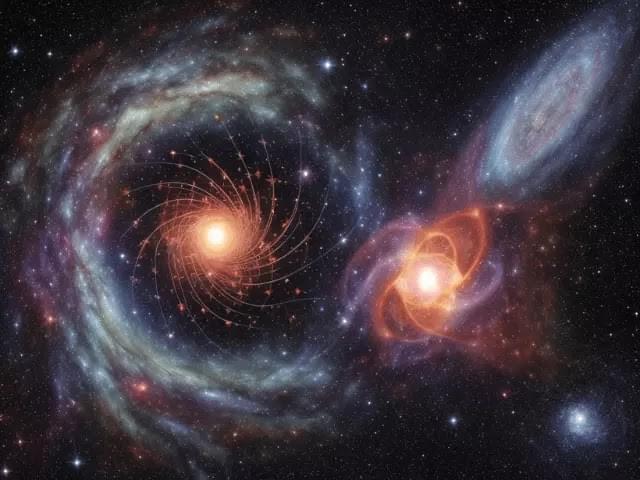

Part 1 of a 2-part mini-lecture series given by Prof. Leonard Susskind, director of the Stanford Institute for Theoretical Physics.
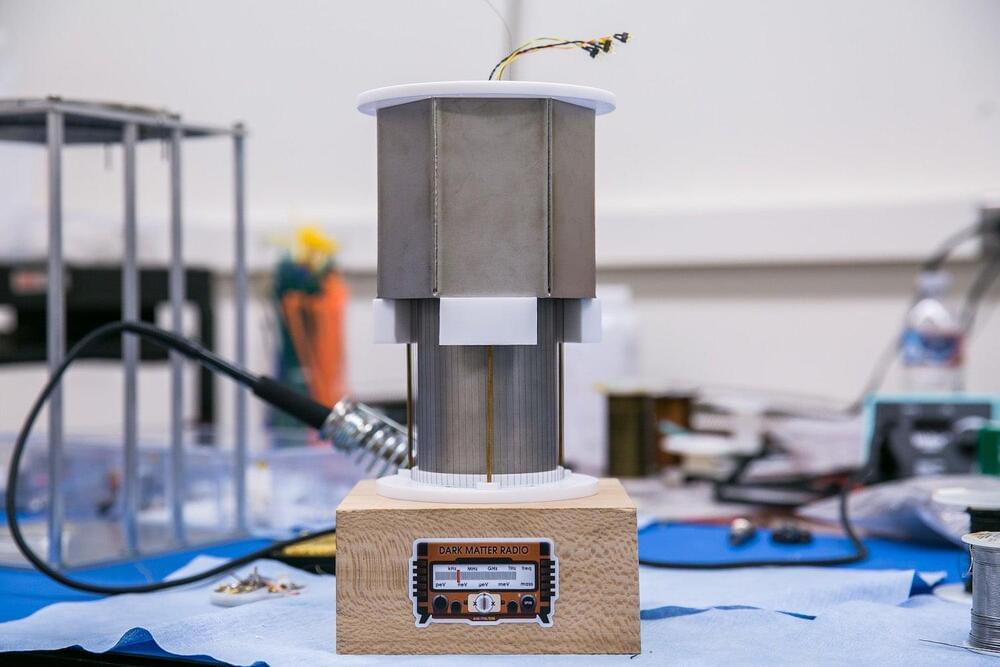
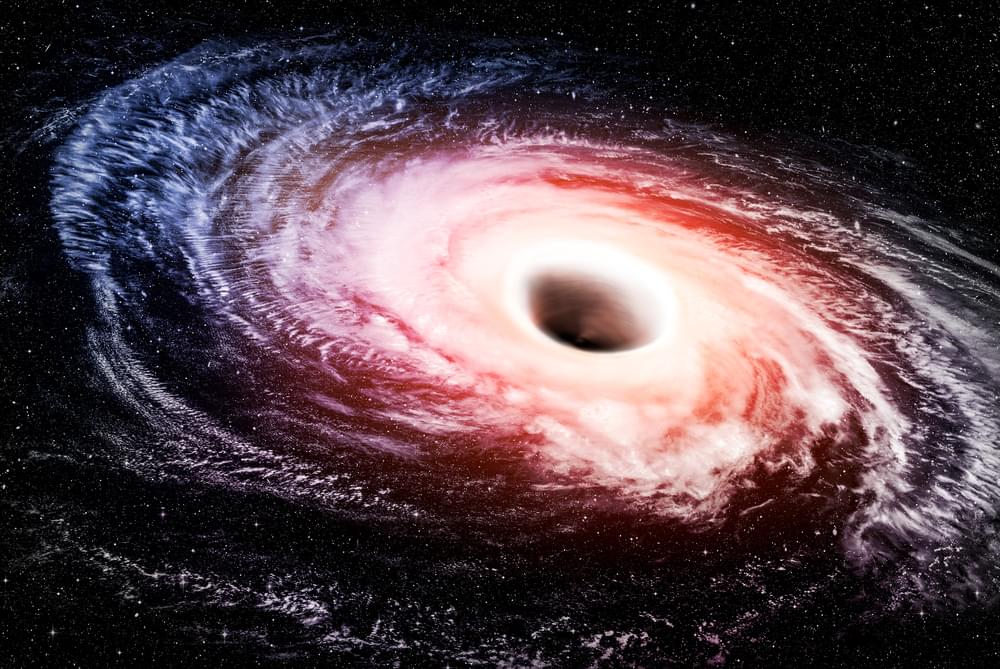
One clue comes from the observation that most galaxies contain massive black holes at their centers. That has led to the proposal that galaxies form around black holes which act as seeds for this process.
But there is a problem with this idea. If it is true, something must stop stars from falling into black holes as they form, but nobody knows what.
Now a new theory of black holes explains this process. The new theory “gives a general mechanism by which a central black hole can catalyze galaxy formation,” says Stephen Adler, at Princeton University in New Jersey.
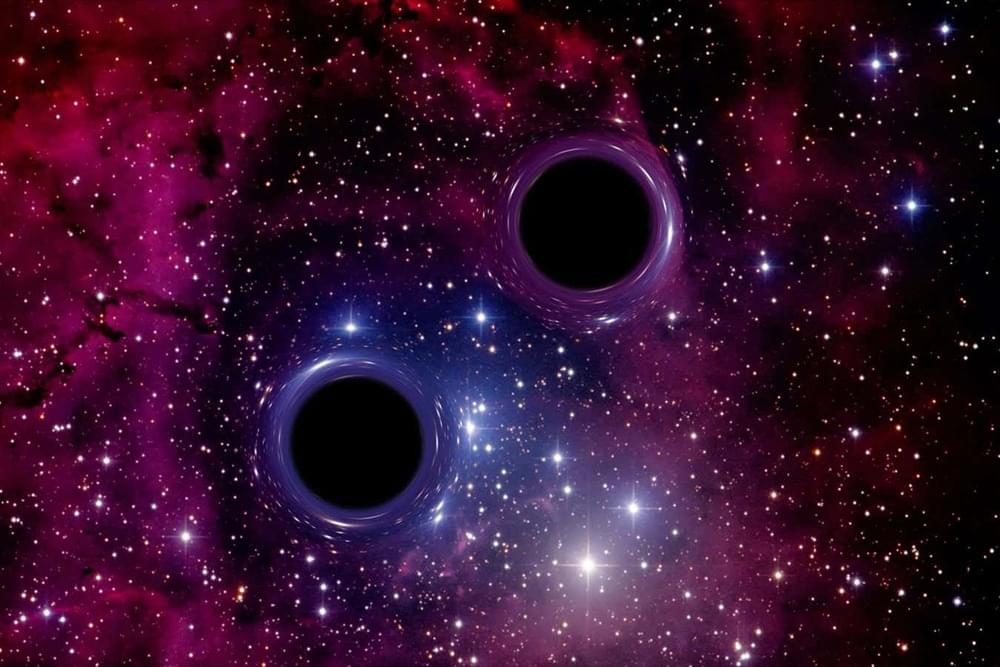
When two black holes merge to form a single one, it can zoom off at an extraordinary pace – but scientists have found that it does have a speed limit.
By Leah Crane
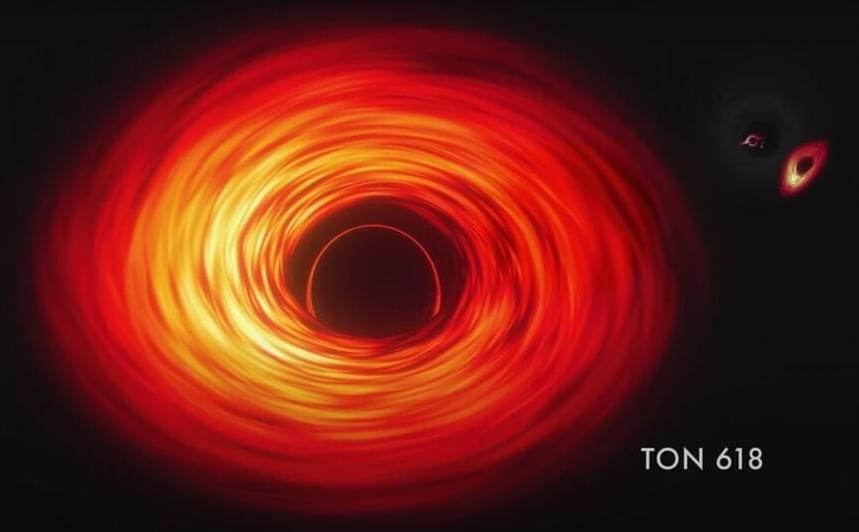
Sean Carroll is a theoretical physicist and philosopher who specializes in quantum mechanics, cosmology, and the philosophy of science. He is the Homewood Professor of Natural Philosophy at Johns Hopkins University and an external professor at the Sante Fe Institute. Sean has contributed prolifically to the public understanding of science through a variety of mediums: as an author of several physics books including Something Deeply Hidden and The Biggest Ideas in the Universe, as a public speaker and debater on a wide variety of scientific and philosophical subjects, and also as a host of his podcast Mindscape which covers topics spanning science, society, philosophy, culture, and the arts.
#physics #quantum #philosophy #mathematics.
http://www.patreon.com/timothynguyen.
In this episode, we take a deep dive into The Many Worlds (Everettian) Interpretation of quantum mechanics. While there are many philosophical discussions of the Many Worlds Interpretation available, ours marries philosophy with the technical, mathematical details. As a bonus, the whole gamut of topics from philosophy and physics arise, including the nature of reality, emergence, Bohmian mechanics, Bell’s Theorem, and more. We conclude with some analysis of Sean’s speculative work on the concept of emergent spacetime, a viewpoint which naturally arises from Many Worlds.
This video is most suitable for those with a basic technical understanding of quantum mechanics.
Part I: Introduction.
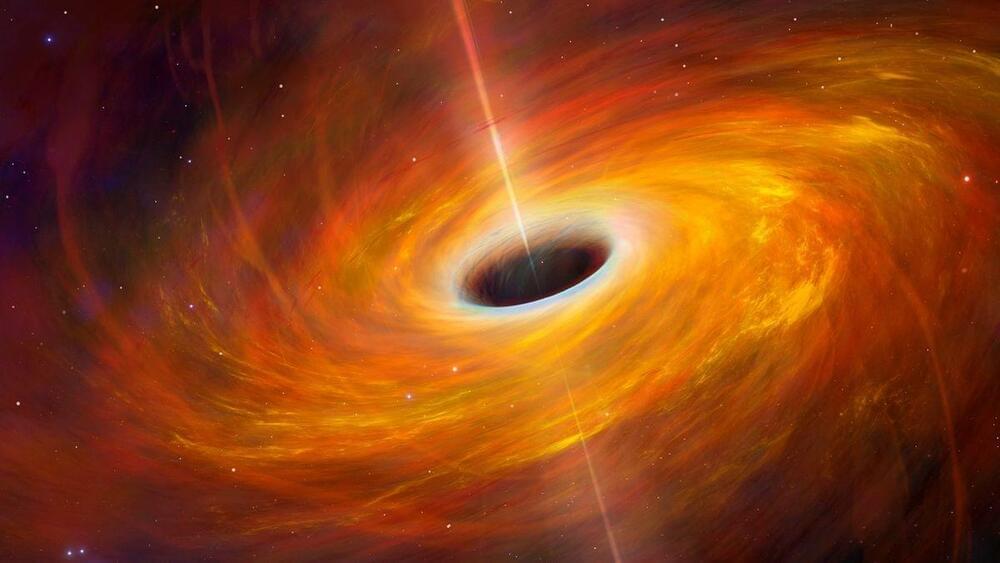
The John Templeton Foundation recently invited biologist Michael Levin to speak to a small group about the presence of agency and cognition in the most fundamental forms of life, even at the levels of cells and tissues. In the recorded video, Dr. Levin, who directs a developmental biology lab at Tufts University, discusses with Philip Ball, a science writer and author of the newly published Book of Minds: How to Understand Ourselves and Other Beings.
Founded in 1987, the John Templeton Foundation supports research and dialogue on the deepest and most perplexing questions facing humankind. The Foundation funds work on subjects ranging from black holes and evolution to creativity, forgiveness, and free will. It also encourages civil, informed dialogue among scientists, philosophers, theologians, and the public at large.
With an endowment of $3.8 billion and annual giving of approximately $140 million, the Foundation ranks among the 25 largest grantmaking foundations in the United States. Headquartered outside Philadelphia, its philanthropic activities have engaged all major faith traditions and extended to more than 57 countries around the world.
To learn more, check out Templeton.org or follow us on social:
Instagram: https://www.instagram.com/templetonfo…
Twitter: https://twitter.com/templeton_fdn.
Facebook: https://www.facebook.com/TempletonFou…
Linkedin: http://bit.ly/jtflinkedin
No, it’s not dark matter.
Gravity is the force that attracts objects toward the Earth and maintains the orbital motion of planets around the Sun. Our scientific understanding of gravity was established by Isaac Newton.
Despite the many successes of Einstein’s theory of gravity, many phenomena, such as gravity inside a black hole and gravitational waves, can’t be explained.
Tod Strohmayer (GSFC), CXC, NASA — Illustration: Dana Berry (CXC)
Our scientific understanding of gravity was established by Isaac Newton in 1687. Newton’s theory of gravity stood the test of time for two centuries until Albert Einstein proposed his ‘General Theory of Relativity,’ filling in the gaps left by Newton’s theory of gravity.